Neuroscience

Neurotransmitter receptors function via various G-protein coupled and G-protein independent mechanisms that activate downstream intracellular signaling pathways such as cAMP/PKA, PI3K/AKT, phospholipase A2, and phospholipase C pathways. For instance, dopamine receptors act through adenylate cyclase to activate PKA and other signaling molecules, thereby mediate gene expression through the actions of CREB and other transcription factors. Other neurotransmitters such as NMDAR or AMPAR are associated with ion channels that control flux of Ca2+ and Na+, thus propagating the action potential across the post-synaptic neuron.
Dysfunctions in GABAergic/glutamatergic/serotonergic/dopaminergic pathways result in a broad range of neurological disorders such as chronic pain, neurodegenerative diseases, and insomnia, as well as mental disorders including schizophrenia, bipolar disorder, depression, and addiction.
-
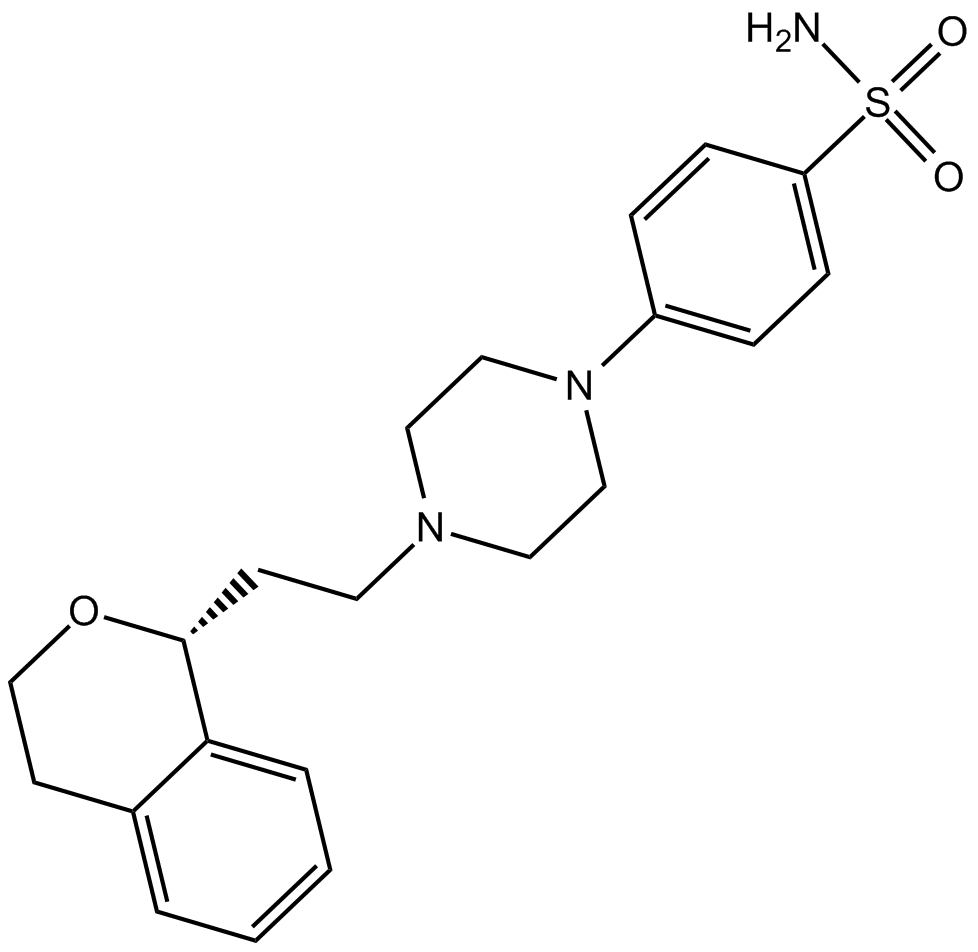 B7607 SonepiprazoleSummary: rat and human dopamine D4 receptor antagonist
B7607 SonepiprazoleSummary: rat and human dopamine D4 receptor antagonist -
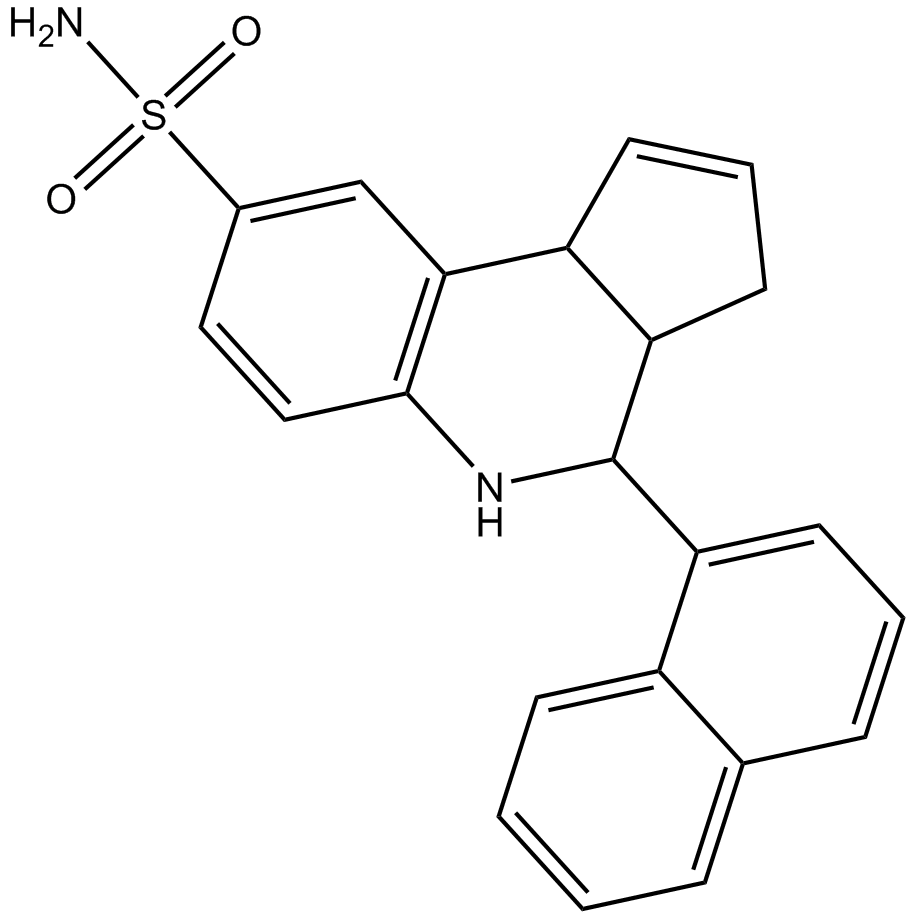 B7624 TQSSummary: positive allosteric modulator of α7 nACh receptors
B7624 TQSSummary: positive allosteric modulator of α7 nACh receptors -
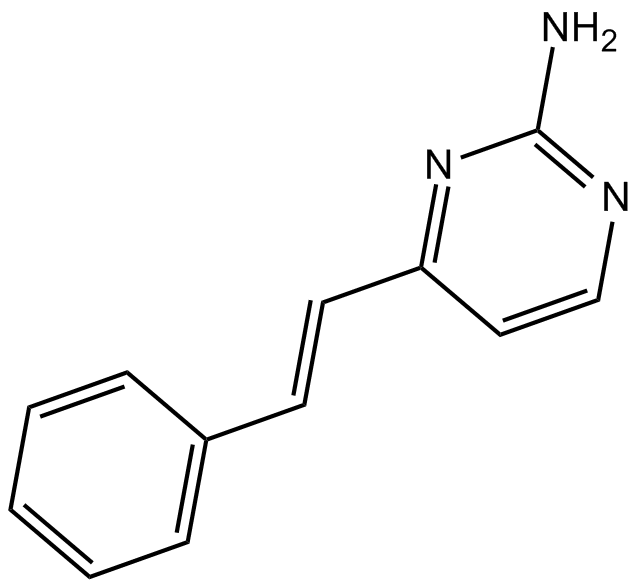 B7629 TCN 238Summary: Positive allosteric modulator of mGlu4 receptors
B7629 TCN 238Summary: Positive allosteric modulator of mGlu4 receptors -
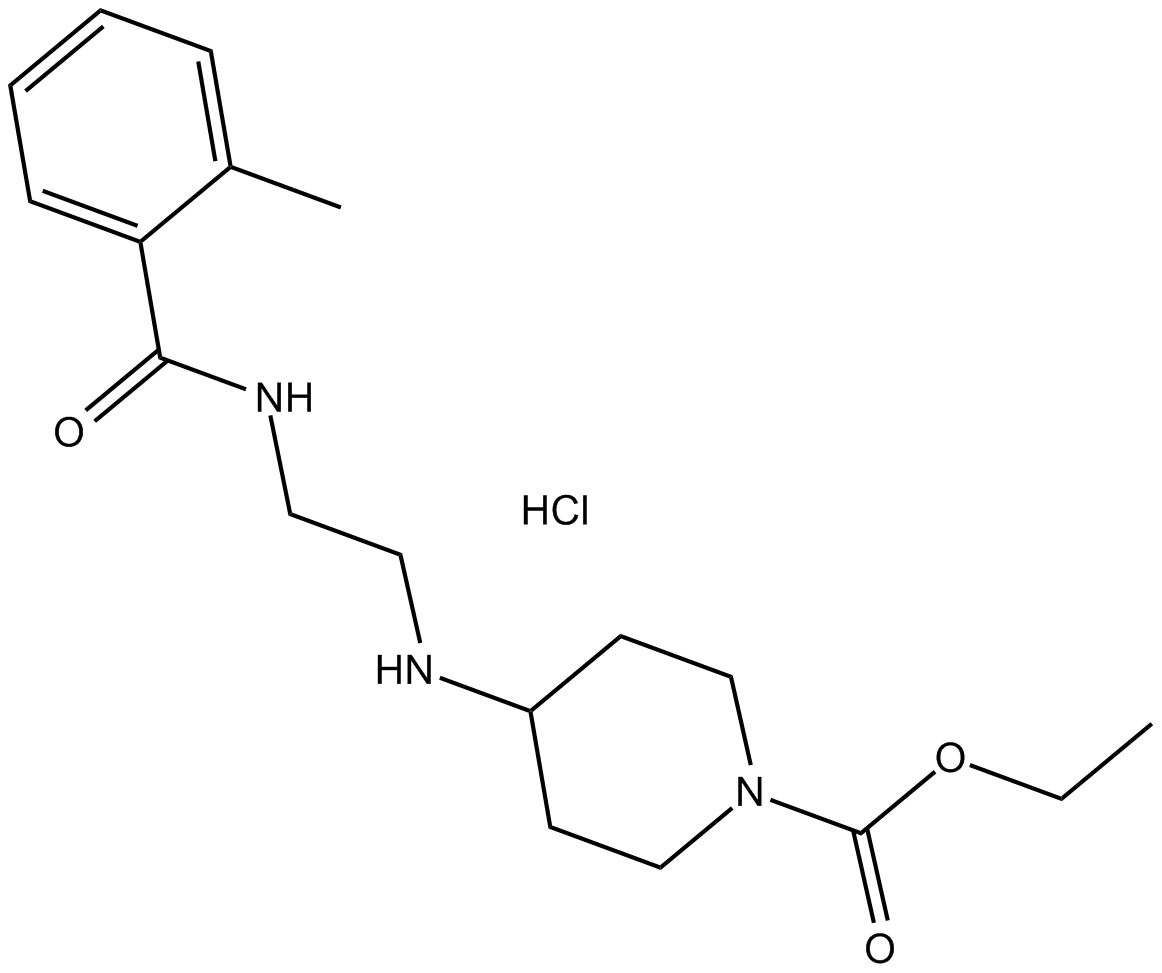 B7636 VU 0357017 hydrochlorideSummary: Positive allosteric modulator of muscarinic M1 receptors
B7636 VU 0357017 hydrochlorideSummary: Positive allosteric modulator of muscarinic M1 receptors -
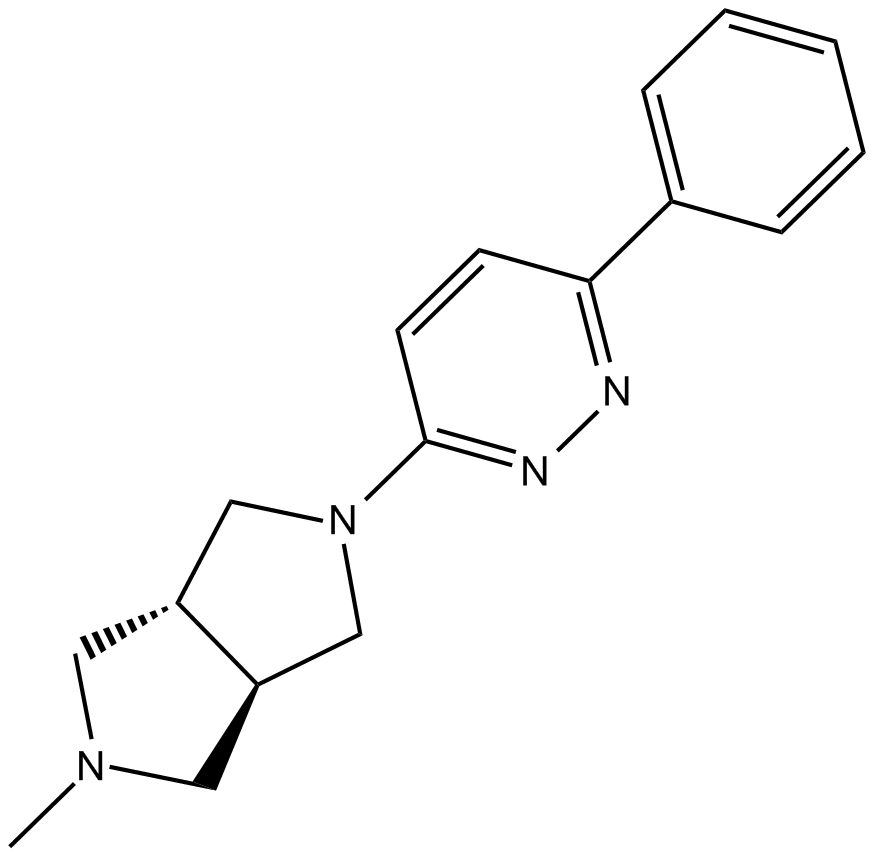 B7652 A 582941Summary: partial agonist of α7 nicotinic acetylcholine receptors
B7652 A 582941Summary: partial agonist of α7 nicotinic acetylcholine receptors -
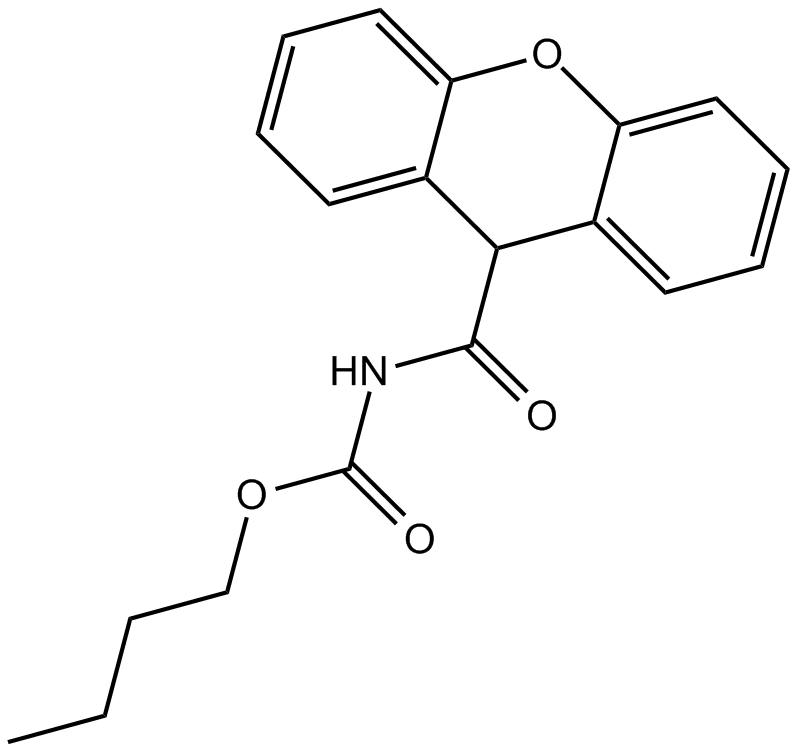 B7653 Ro 67-4853Summary: Positive allosteric modulator of mGlu group I receptors
B7653 Ro 67-4853Summary: Positive allosteric modulator of mGlu group I receptors -
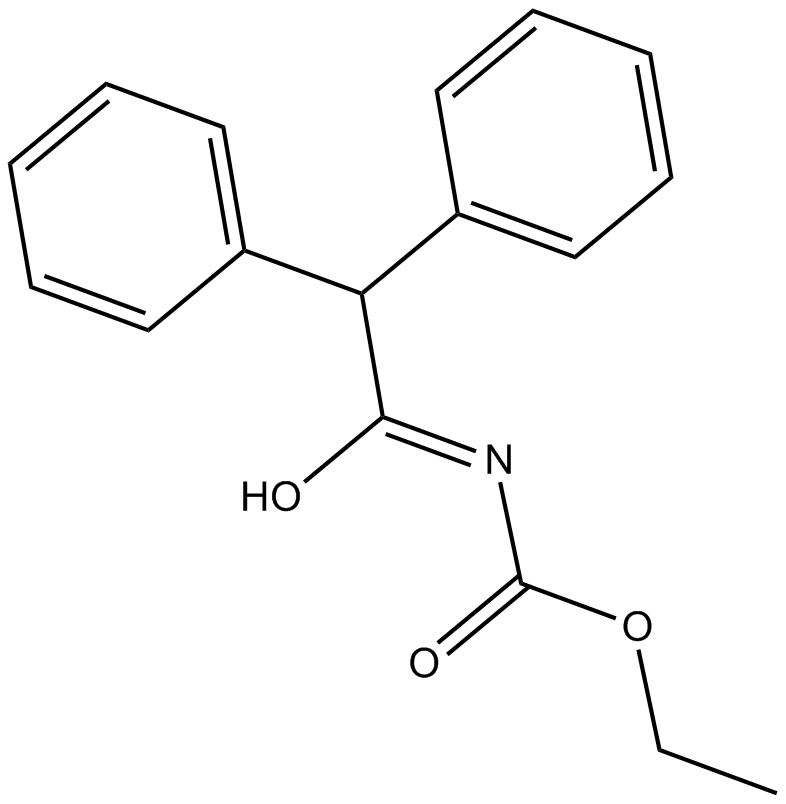 B7654 Ro 01-6128Summary: Positive allosteric modulator of mGlu1 receptors
B7654 Ro 01-6128Summary: Positive allosteric modulator of mGlu1 receptors -
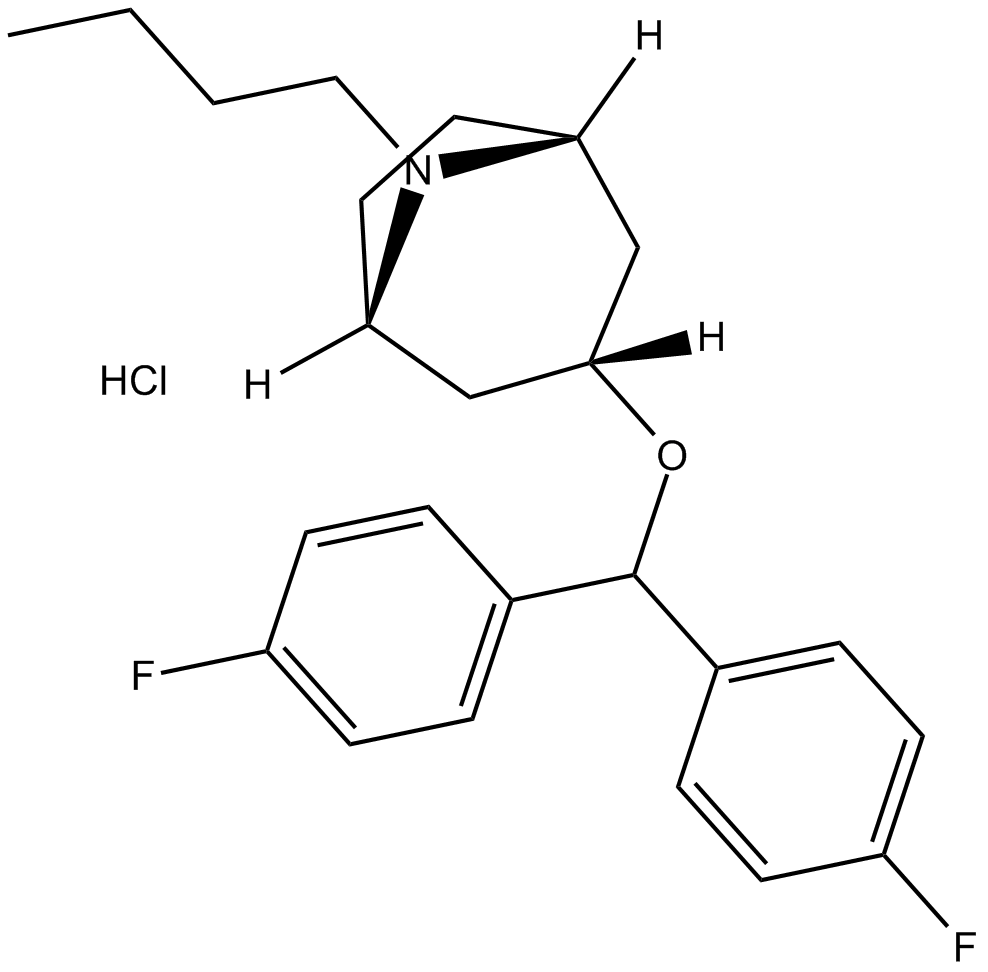 B7655 JHW 007 hydrochlorideSummary: Dopamine uptake inhibitor
B7655 JHW 007 hydrochlorideSummary: Dopamine uptake inhibitor -
 B7668 VU 29Summary: mGlu5 allosteric potentiator
B7668 VU 29Summary: mGlu5 allosteric potentiator -
 B7677 NCX 4040Summary: COX-2 expression inhibitor
B7677 NCX 4040Summary: COX-2 expression inhibitor

